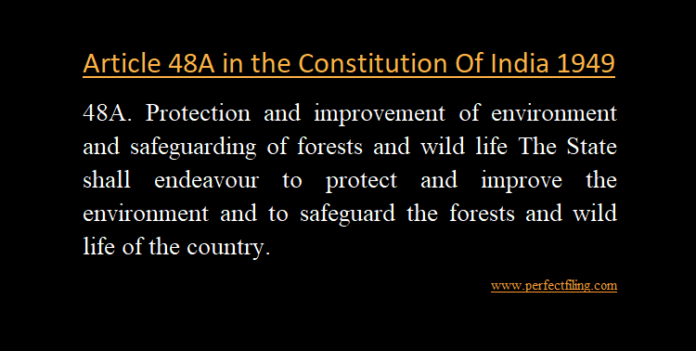When M.C. Mehta visited the Taj Mahal for the first time, he noticed the monument was becoming yellow. This was in 1984, and he had never argued a case in environmental law before. His Taj Mahal visit prompted him to file his first environmental case at the Apex Court, to control pollution around the Taj Mahal. Since then, he has filed a series of cases. From pollution in the Ganga to groundwater pollution in villages in Rajasthan, M.C. Mehta brought various environmental issues to the Court. Many of these cases continue even today.
Over the last 36 years, Mehta has pioneered PIL on environmental justice at the Supreme Court. His case have made the right to a clean environment a part of the fundamental Article 2.
Cases like these were also grounded in the vision of Article 48A of the Constitution. This is a Directive Principle which states that “the State shall endeavor to protect and improve the environment and to safeguard the forests and wildlife of the country.” M.C. Mehta’s litigation in the Supreme Court was key in making this vision a reality. His PILs have defined environmental rights in India.















